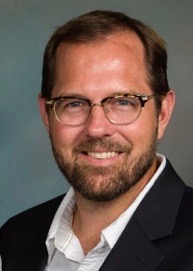
Is it any wonder that religious Americans are growing more reluctant to be open about their faith? Increasingly, the faithful have become quiet in the public square. While the waning of free exercise of religion has been a major concern over the past 60 years, recent trends have become a cause for alarm. A lack of civic education and engagement, negative influences of social media, and the psychological and economic consequences of so-called “cancel culture” are in large part to blame.
This social censure of public religious expression has been framed as a matter of decency and good manners. “Never talk about religion or politics” is a common phrase among colleagues, acquaintances, and family members. Lately, large corporations have taken stands in matters such as banning discussion in the workplace of support for conservative causes and campaigns. Though the company eventually issued an apology, Goodyear Tire and Rubber Co. recently adopted policies restricting political discussion and expression of support for Blue Lives Matter, while expressly encouraging outward support of Black Lives Matter and LGBTQ pride. A recent poll by the Cato Institute found that 62% of Americans believe that “the political climate these days prevents me from saying things I believe because others might find them offensive.”
Cato’s research further reveals that the political sphere has become significantly hostile since 2017. It has become apparent to many commentators that the only group comfortable enough to discuss their beliefs are those on the political left. Concurrently, employees and business owners face losing their jobs and businesses for adherence to traditional principles and values. This begs the questions: how did we get here, and, what are the root causes of these pernicious cultural forces that are undermining religious free exercise today?
One answer lies in the diminished emphasis on the importance of religious freedom, compounded by the discouragement of free exercise. Yet, widespread fear of religious people exercising and expressing their faith publicly does not find its origin principally in recent cultural trends; rather, it can be traced back many decades. Since the 1960s, civics and robust, pluralist debate have taken a back seat in high schools around the country. While the National Education Association (NEA) notes that nine out of ten high school students in the United States receive education in civics or government, only 25% test in the proficient range. The greater issue, the NEA observes, is a lack of civic engagement. Not only are America’s children failing to comprehend fully their First Amendment rights, they are also receiving a variety of social cues discouraging them from acting upon them.
Furthermore, young adults are pressured by the demands to squelch free exercise of their faith once they reach college. Research by the Brookings Institute showed that college students over many campuses, “have an overly narrow view of the extent of freedom of expression … [a]nd a majority of students appear to want an environment that shields them from being exposed to views they might find offensive..”[i] Therefore, it is entirely reasonable that after 12 to 17 years of training in self-censorship, young adults would increasingly conform to what has become a prevailing cultural norm.
The original purpose of public education, according to the American Founders, was to promote civic virtue and preserve the foundation of self-government. Noah Webster famously stated:
… it is an object of vast magnitude that systems of Education should be adopted and pursued which may not only diffuse a knowledge of the sciences, but may implant in the minds of the American youth the principles of virtue and of liberty and inspire them with just and liberal ideas of government and with an inviolable attachment to their own country.[ii]
The stifling of public discourse, including the expression of a diversity of religiously informed beliefs, has led journalists, scholars, and even elected officials to wage political debate through social media. Platforms such as Facebook, Twitter, and YouTube have undoubtedly become the sounding boards of public opinion. The danger in relegating political or religious discussion to these arenas is that many people admit that they are more likely to make bold and confrontational claims in their online posts than they would in person. What is worse, online debates often exacerbate controversies rather than enhancing understanding or fostering a genuine exchange of opposing ideas. For instance, in 2018, an article in the Proceedings of the National Academy of Sciences discovered that exposure to competing political messages via Twitter either failed to change the opinion of users or further polarized their views.[iii]
People of faith are increasingly bullied into silence by threats in the form of being “canceled.” The faithful are forced to choose between their livelihood or transgression of their faith. Examples include Aaron and Melissa Klein, who faced the closing of their cake business and a $135,000 fine, before the Supreme Court dismissed the case against them; or, Jack Phillips, owner of Masterpiece Cakeshop Ltd., who faced a discriminatory decision by the Colorado Civil Rights Commission for refusing to create a wedding cake for a couple whose union was incompatible with his biblical view of marriage. Justice Clarence Thomas, commenting on the Court’s decision to refuse to hear Kim Davis’s case, said, “… those with sincerely held religious beliefs concerning marriage will find it increasingly difficult to participate in society without running afoul of Obergefell and its effect on other antidiscrimination laws.” [iv]
In 2017, Professor John Milbank made a broader observation about the sense of suspicion surrounding America’s first freedom, “… [I]f once religious freedom seemed to some to be the fount of all freedoms, now it seems at variance with freedom in general.”[v] In the face of these legal developments and cultural sentiments, one might reasonably ask to what extent they collectively produce the very discrimination against religious people and institutions that the Free Exercise clause was enacted to guard against? If so, what should be done?
It is
essential that we reintegrate America’s first freedom back into public and private school education, while encouraging civic engagement and free exercise among America’s future leaders. As a critical step toward these goals, RFI’s Center for Religious Freedom Education is partnering with educators and administrators to introduce America’s First Freedom Curriculum to high schoolers around the country. Gouverneur Morris, signer of the U.S. Constitution, once declared, “[F]or avoiding the extremes of despotism or anarchy . . . the only ground of hope must be on the morals of the people. I believe that religion is the only solid base of morals and that morals are the only possible support of free governments. [T]herefore education should teach the precepts of religion and the duties of man towards God.”[vi]
As Thomas Farr has observed, religious freedom is, “…a building block for all other fundamental freedoms, indispensable to the common good, and a source of protection for everyone.”[vii] America’s educational institutions, and all culture-shaping institutions for that matter, should seek to uphold the free exercise of religion rather than undermining or demeaning it.
End Notes
[i] Villasenor, J. (2017, September 18) “Views among College Students Regarding the First Amendment: Results from a New Survey.” Brookings Institution Report. Accessed December 15, 2020 at https://www.brookings.edu/blog/fixgov/2017/09/18/views-among-college-students-regarding-the-first-amendment-results-from-a-new-survey.
[ii] Webster, Noah. (1787). “On the Education of Youth in America.” American Magazine. Accessed December 15, 2020 at https://americainclass.org/sources/makingrevolution/independence/text3/websteramericanidentity.pdf.
[iii] Bail, Christopher A., Lisa P. Argyle, Taylor W. Brown, John P. Bumpus, Haohan Chen, M. B. Fallin Hunzaker, Jaemin Lee, Marcus Mann, Friedolin Merhout, and Alexander Volfovsky. (2018, September 11). “Exposure to Opposing Views on Social Media Can Increase Political Polarization.” Proceedings of the National Academy of Sciences. Accessed at https://www.pnas.org/content/115/37/9216.
[iv] Thomas, Clarence J. (2020). Davis v Ermold. No. 19-926 (US. Oct. 5, 2020). Accessed December 15, 2020 at https://casetext.com/case/davis-v-ermold.
[v] Milbank, John. (2017, August 24). “The End of Tolerance: On the Decline of Religious Freedom and the Return of Religious Influence.” ABC Religion & Ethics. Accessed December 15, 2020 at: https://www.abc.net.au/religion/the-end-of-tolerance-on-the-decline-of-religious-freedom-and-the/10095472.
[vi] Thorne, Ashley. “U.S. Founding Fathers on Education, in Their Own Words.” Accessed on December 15, 2020 at https://www.nas.org/blogs/article/u_s_founding_fathers_on_education_in_their_own_words.
[vii] Farr, Thomas. (2019, November 1). “What In the World Is Religious Freedom?” [RFI blog]. Accessed on December 15, 2020 at: https://religiousfreedominstitute.org/blog/what-in-the-world-is-religious-freedom.
Keely Daniels is a Graduate Research Assistant with RFI and Ph.D. student in the Public Policy program at Liberty University. She is an experienced researcher and is passionate about maintaining America’s first freedom for the sake of her children and future generations. On her off-time, you can find Keely mentoring, reading, or taking walks with her husband.
All views and opinions presented in this essay are solely those of the author and publication on Cornerstone does not represent an endorsement or agreement from the Religious Freedom Institute or its leadership.
THE RFI BLOG
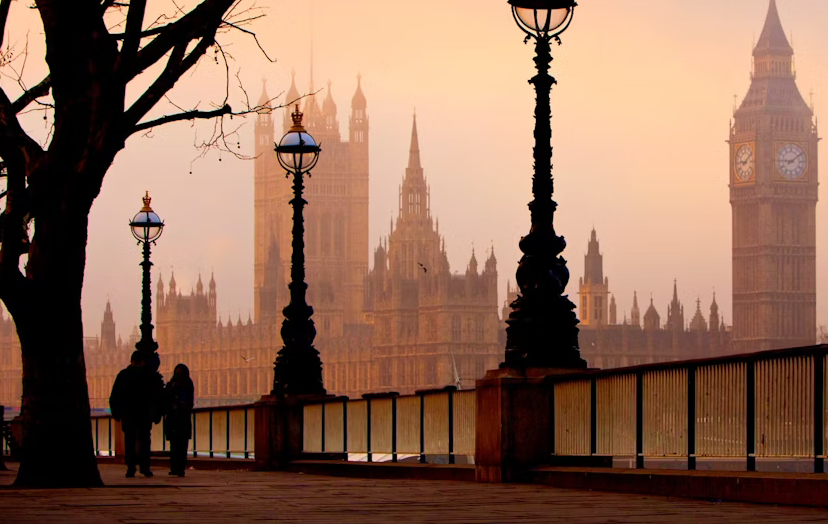
Religious Freedom Is Back on the UK’s Agenda
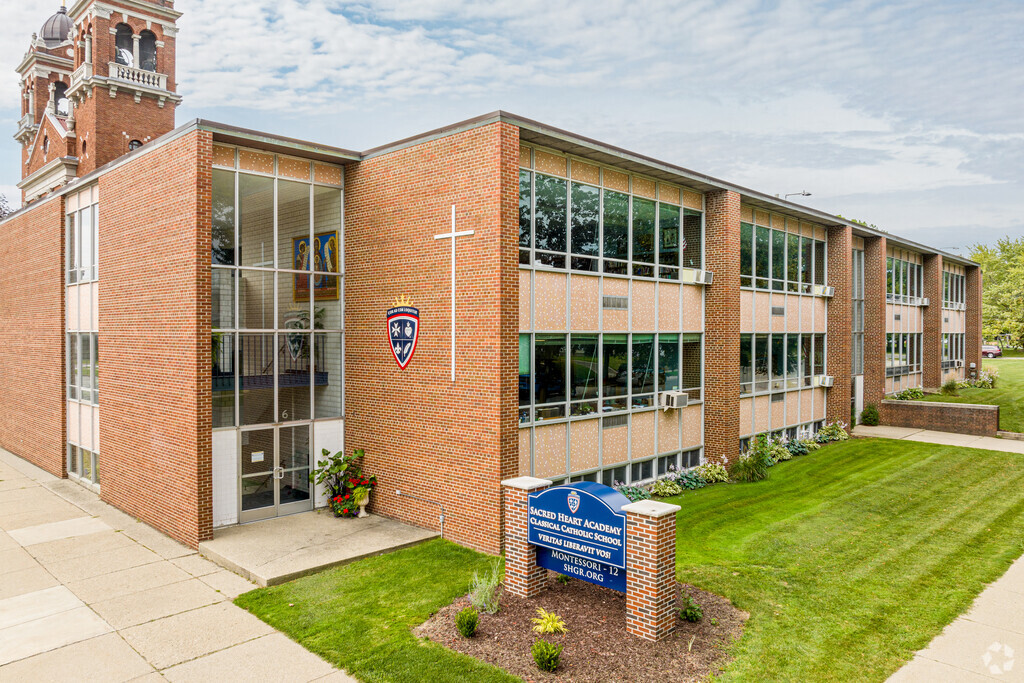
Be More Faithful, Become More Resilient: An Invitation to Religious Institutions
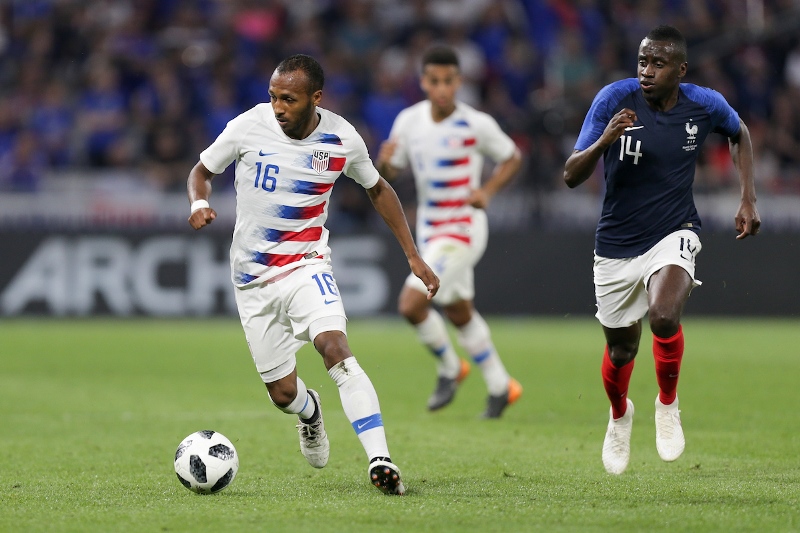
How Soccer Reveals Different Meanings Of ‘Secular’ In France And The US
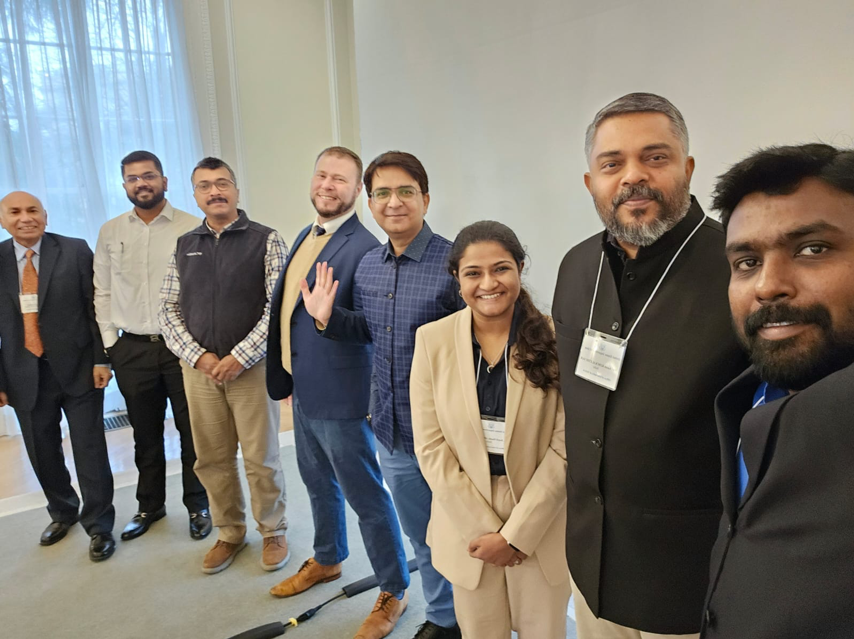
RFI’s Ismail Royer Meets with Delegation from India
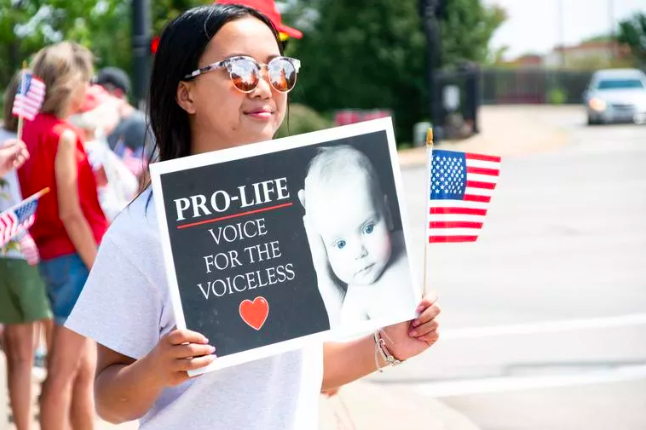
Protecting the Unborn, Mothers, and Medical Ethics: The Stakes of Arkansas’ Amendment
CORNERSTONE FORUM

Public Bioethics & the Failure of Expressive Individualism

Religious Liberty in American Higher Education

Scotland’s Kate Forbes and the March of Secularism

70 Years of Religious Freedom in Sweden: Prospects and Challenges
